Herat National Museum
Despite a history of destruction, this former citadel survives to document Afghanistan's oft overlooked history.
No one knows Herat’s exact age, but it was most likely founded as an outpost of the Achaemenid Empire (550-330BC) and named Aria.
Alexander the Great’s army overran the Persians, and changed the name to Alexandria-of-the-Arians. On a strategic hill in the center of town sits the restored ruins of Qala Iktyaruddin (Persian: قلعه اختیارالدین): the Citadel of Herat (Persian: ارگ هرات, Pashto: سکندرۍ کلا). In 330 BCE it was also known as the Citadel of Alexander, and it is quite likely the oldest building in the city. It was destroyed by Genghis Khan’s Mongol army in 1221 CE, and then rebuilt in its present form by the Kart Governor Malik Fakhruddin in 1305 CE, only to be destroyed again by Tamerlane in 1380 CE. Tamerlane’s son, Shah Rukh, used 7,000 men to embellish the walls and repair the damage wrought by his father. It then became the heart of the Timurid Empire (1405-1506). In more recent times it has served as a military garrison and prison for various dynasties and regimes and was thus closed to visitors from the outside world until 2005 when the Afghan Army presented it to the Ministry of Information, Culture, and Tourism.
Between 2006 and 2011 the Aga Khan Trust, with grants from the USA and Germany, completely restored the structure. The National Museum of Herat is housed in the lower Citadel. The Museum of Islamic Art in Berlin worked with the German Archaeological Institute to document and restore artifacts and prepare them for display. The museum was opened to the public in October of 2011. There are about 1,100 items from the Herat region in the museum, of which there are about 250 on display. Most are from the 10th to 13th centuries when Herat was at the height of its political and cultural significance. There is pottery, metal work, the tombstone of Behzad, the famous painter of Persian miniatures, old manuscripts and books and a cenotaph adorned with tiles that date from 1378. The collection includes old muskets and cannon, and very curious three-dimensional replicas of some of Behzad’s most famous miniatures. The museum has long, well-lit, archways and arcades of brown brick. Though smaller than the Kabul Museum, the setting feels more architecturally unique, and it is in keeping with the restoration of the Citadel as a whole.
Even though Herat is one of the safest cities in Afghanistan, it is still probably not advisable for the average Central Asian tourist to include it on their itinerary. Only those already well experienced with the delicate intricacies of Afghan travel should even attempt a visit until the tourism infrastructure has been somewhat restored.
Know Before You Go
The Citadel of Herat sits on a quite visible hill within the walls of the old city.
The Atlas Obscura Podcast is Back!









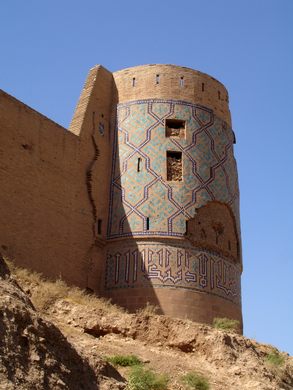

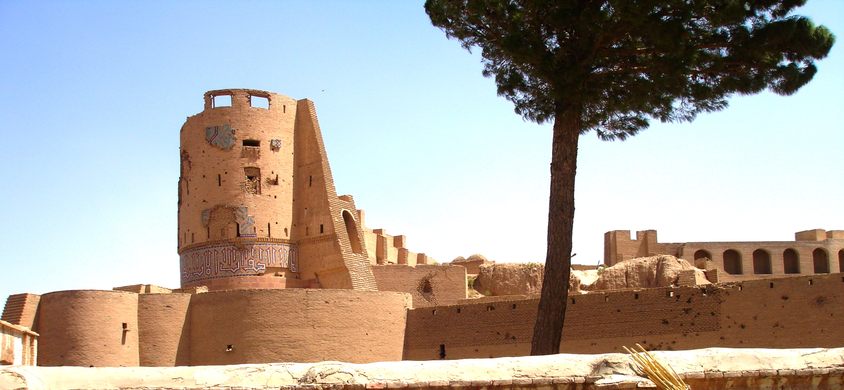
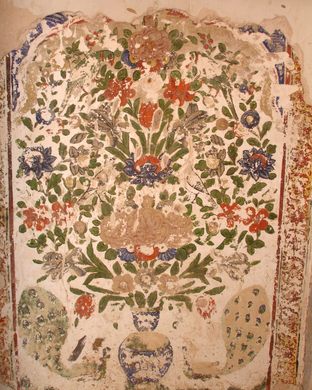


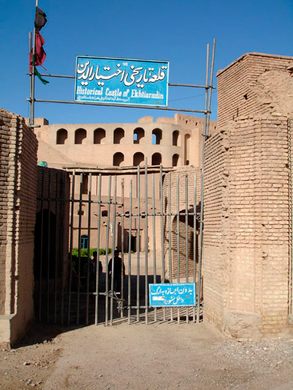






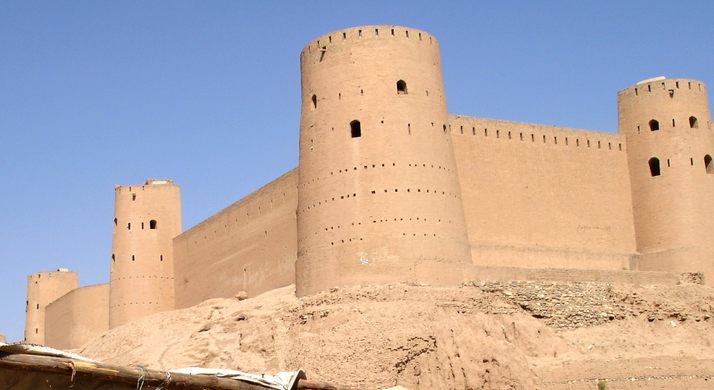
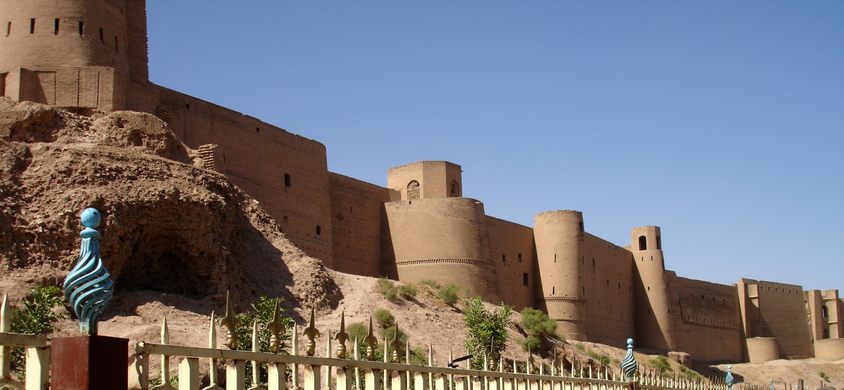







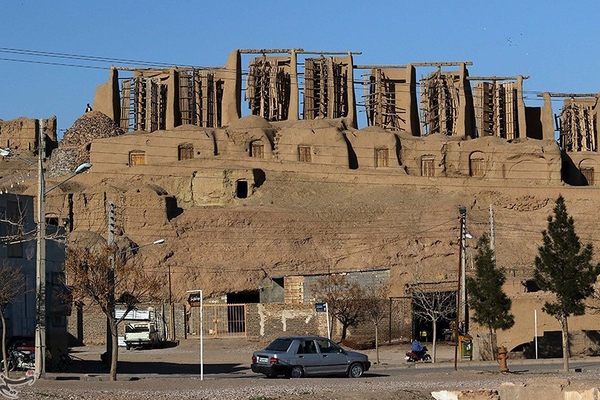

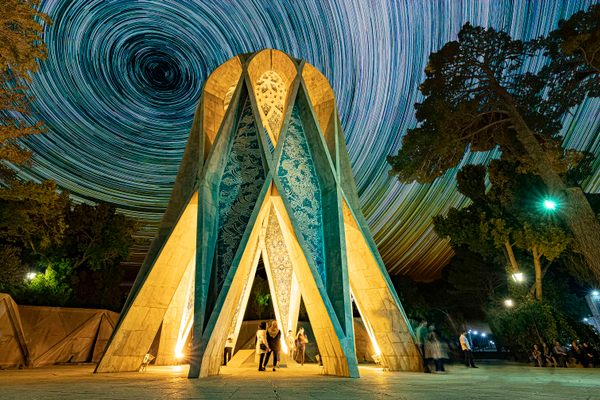
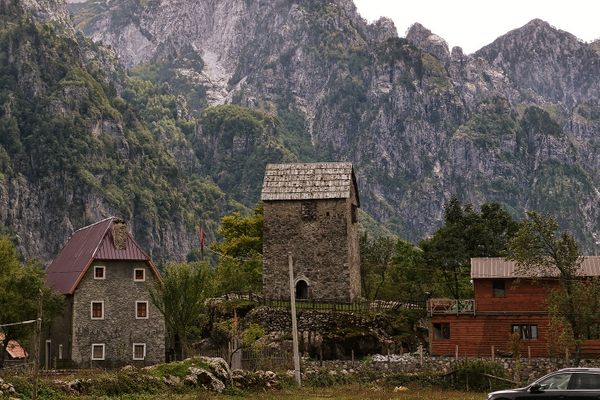
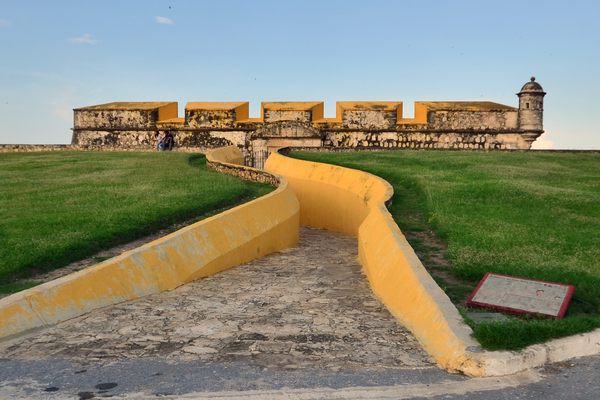



Follow us on Twitter to get the latest on the world's hidden wonders.
Like us on Facebook to get the latest on the world's hidden wonders.
Follow us on Twitter Like us on Facebook